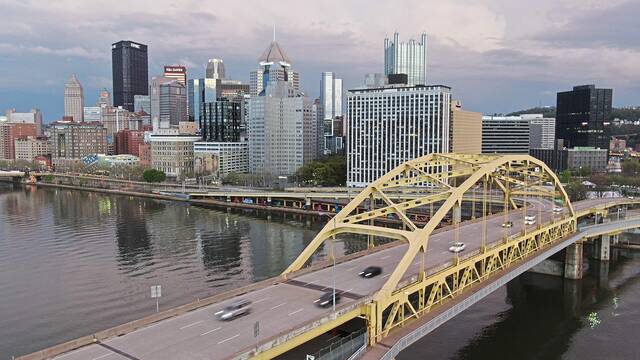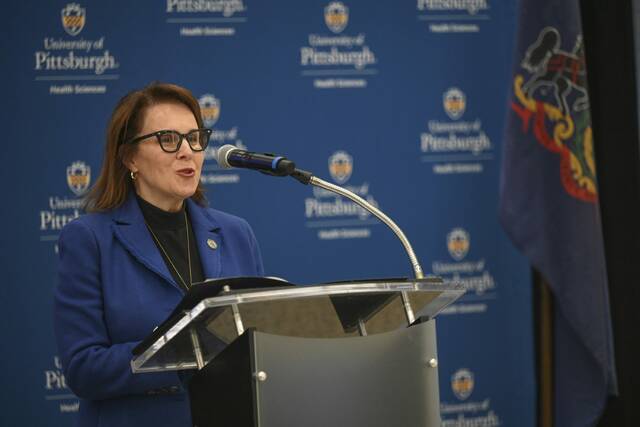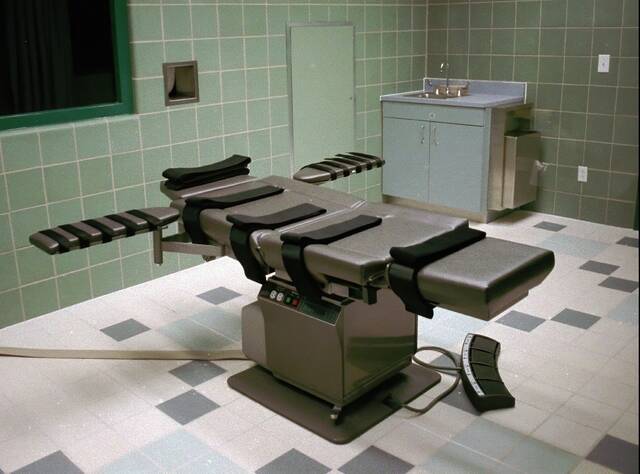Municipalities across Southwestern Pennsylvania continued to lose populations between 2020 and 2021, estimates show, a continuation of a decadeslong slide felt across the region.
Those trends were largely visible in Allegheny County, where Pittsburgh saw one of the biggest population declines across the state between July 2020 and July 2021, according to a report from the Pennsylvania State Data Center, a census bureau liaison.
The majority of municipalities in Allegheny and Westmoreland counties shrunk, with only five in Allegheny and two in Westmoreland seeing significant growth.
No municipalities in Fayette, Greene or Indiana counties saw growth in that time period.
According to University of Pittsburgh economist Chris Briem, shrinking population has been an ongoing issue across the region, which has experienced high natural population declines — meaning deaths outpace births — and where outward migration largely has continued.
“Fundamentally, the region’s natural population decline is impacting the region broadly,” Briem said.
He noted the municipality data is calculated using population estimates by county alongside building permits.
Based on that data, Allegheny municipalities that grew included Castle Shannon, which gained 39 people; Findlay, 87; Marshall, 137; Pine, 333; and South Fayette, 57. A few municipalities — Collier, Indiana Township and Sewickley Hills — grew by fewer than 15 people.
Pittsburgh saw the second largest population decline across the state that year. In that period, the city lost 2,729 people, or almost 1% of its population.
Penn Hills also experienced one of the highest population declines, losing 486 people, or 1.2%.
Other Allegheny County municipalities that lost a significant amount of people that year included Bethel Park, 463; McCandless, 387; and Shaler, 379. Each of those communities saw populations increase in the 2020 census. Others continued seeing declines, such as McKeesport, which lost 249 people; West Mifflin, 254; and Wilkinsburg, 207.
In Westmoreland, Hempfield gained 79 people and Penn Township gained 299.
“We have a lot of housing developments going in so we think those numbers will continue to grow,” said Jason Winters, Hempfield’s manager. “We like the direction we’re moving with the township and the services we provide for the residents shows that growth.”
Officials with Penn Township did not immediately respond to a request for comment.
Despite that growth, the majority of Westmoreland communities continued to decrease, with deep declines felt in Derry Township, 123; and Lower Burrell, 101.
“It is not surprising that it happened,” Lower Burrell councilman David Stoltz said of the decline.
He noted, however, that developments are expected throughout the township. Stoltz pointed to Schaedler Yesco, an electrical distribution and supply company, which purchased a nearly 185,000-square-foot building that once housed JCPenney. It is expected to hire around 30 employees. Company officials plan to open in summer 2023.
“We are definitely moving in the right direction to make a change (for) the positive,” Stoltz said.
Across the state, 1,759 Pennsylvania municipalities declined in total population while 111 municipalities did not gain or lose residents, data show.
Of those, several communities in Fayette County experienced the greatest percentage decrease across the state, including Washington Township, Connellsville, Uniontown and South Union Township. Each of those communities saw a 1.8% decrease in populations.
The data largely reflects a March report from the Census Bureau that showed the Pittsburgh metropolitan area lost 13,755 residents in that same time period.
The driving factor behind those numbers was natural decline.
According to that data, every county in the Pittsburgh metro region — which includes Allegheny, Armstrong, Beaver, Butler, Fayette, Washington and Westmoreland counties — experienced natural decline. Allegheny had 3,862 more deaths than births, and Westmoreland had 2,536 more deaths than births.
“The county level numbers that came out were very much impacted by covid numbers because if you dig into them, deaths are way up and births are way down,” Briem said. “Natural population decline really shot up … because of covid in this time period.”
Pennsylvania did see several municipalities grow between 2020 and 2021, especially on the eastern side of the state — something Briem attributed to growth out of the New York City metro. In Western Pennsylvania, growth was largely seen in parts of Butler County.
Cranberry Township, which has seen steady growth, is now pushing into surrounding municipalities such as Lancaster and Jackson townships.
Those municipalities saw some of the largest growth across the state, with Lancaster gaining 298 people and Jackson gaining 352.








